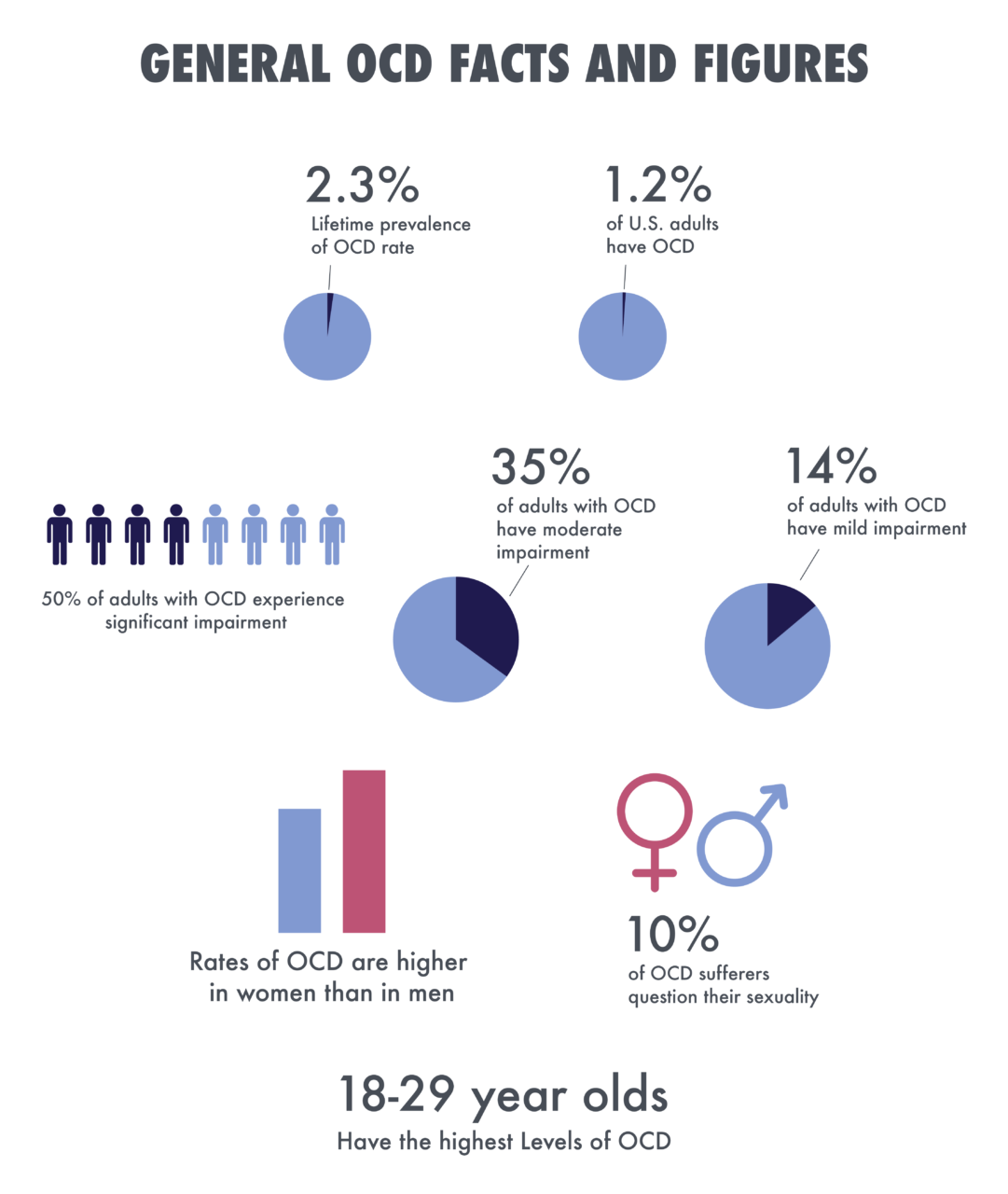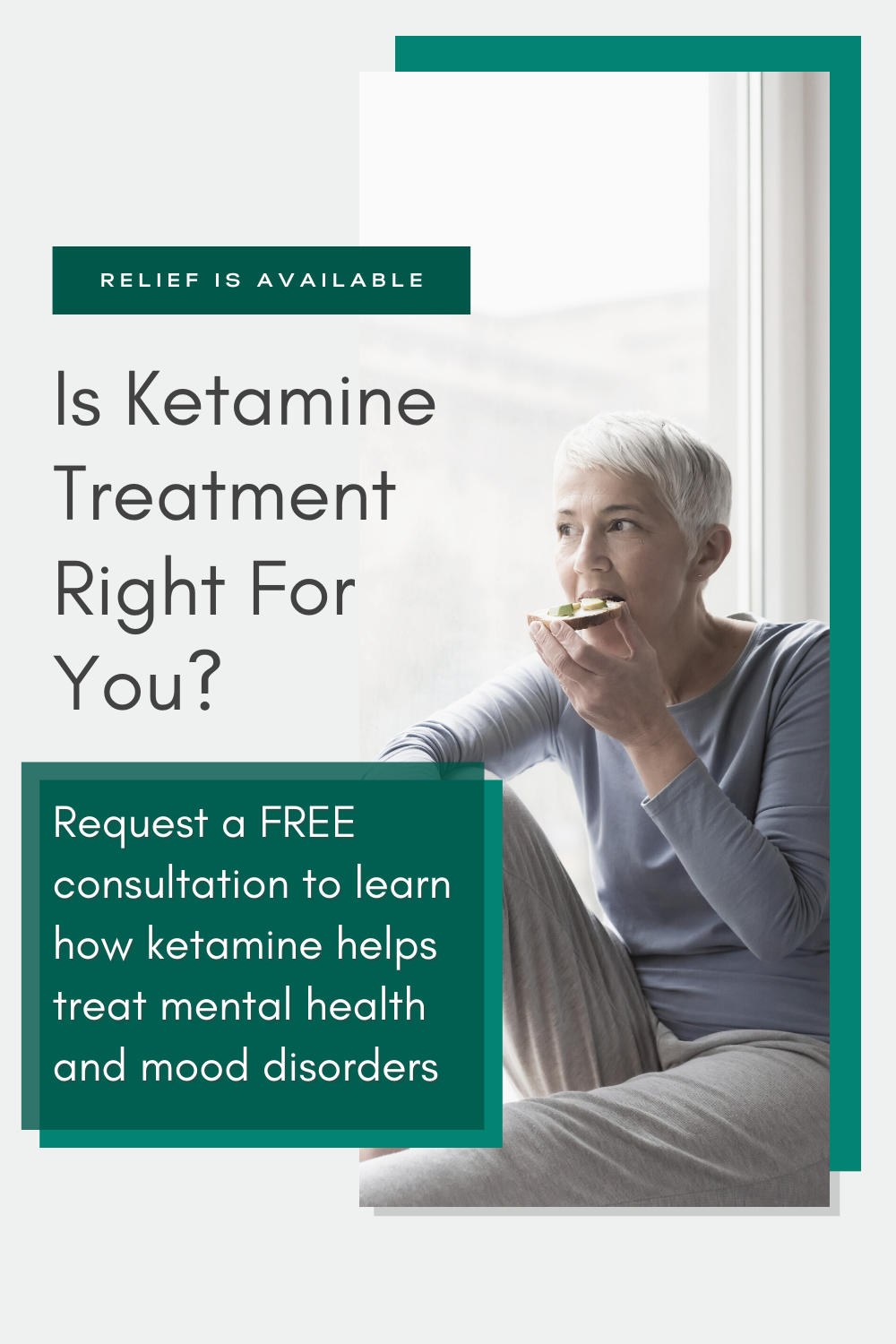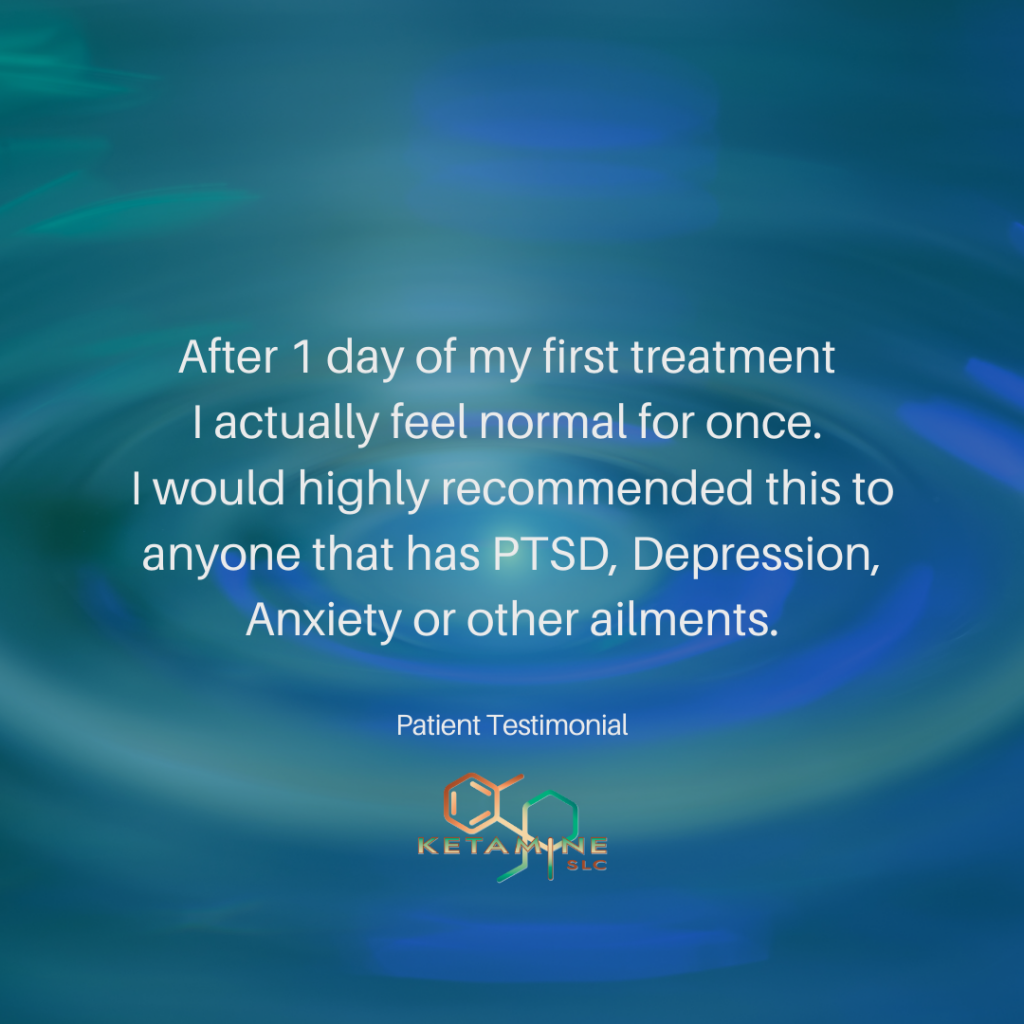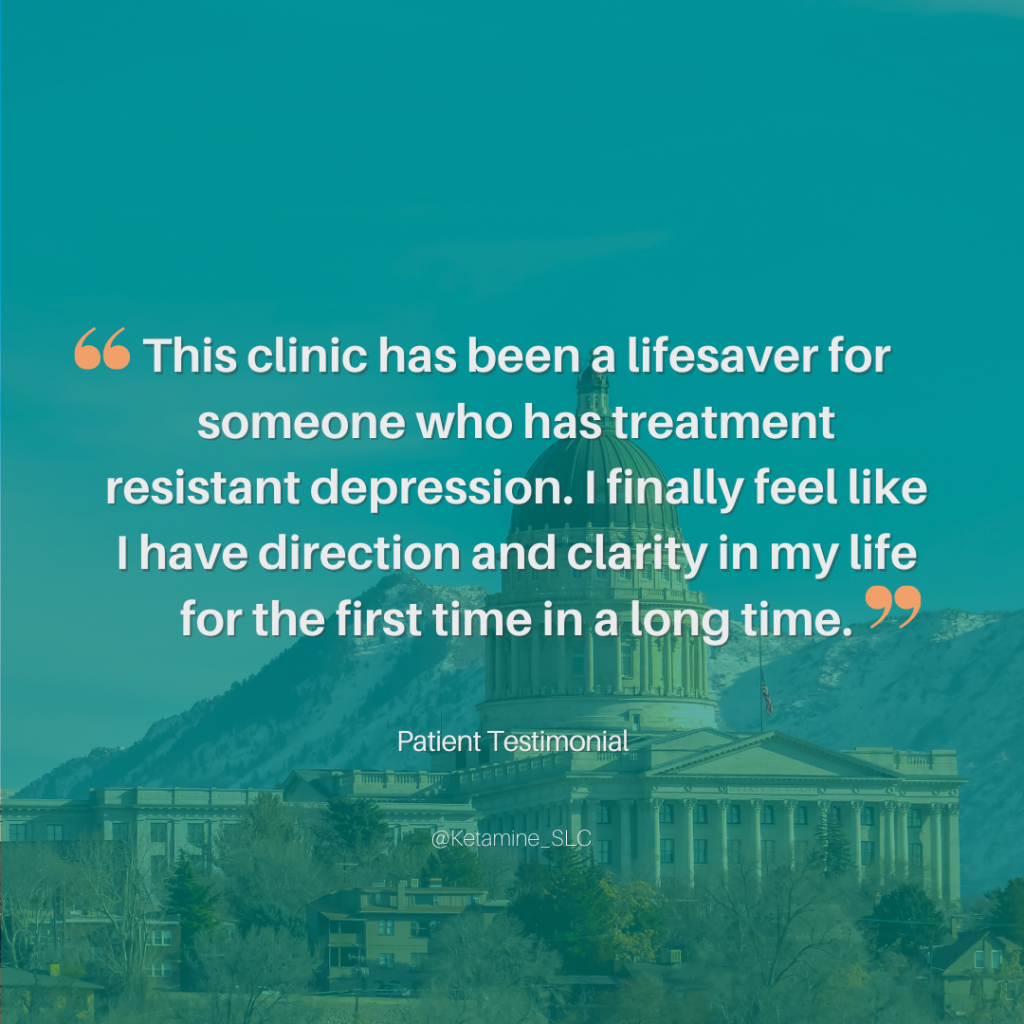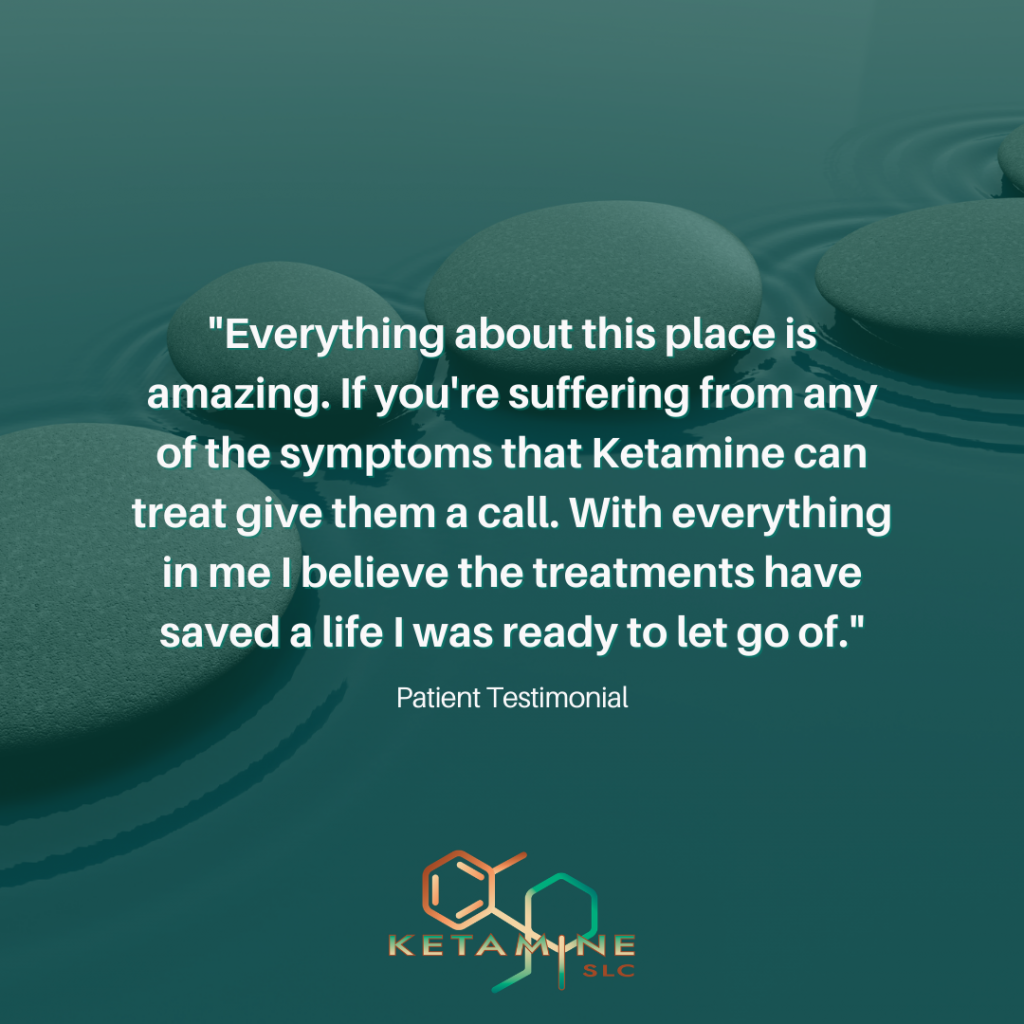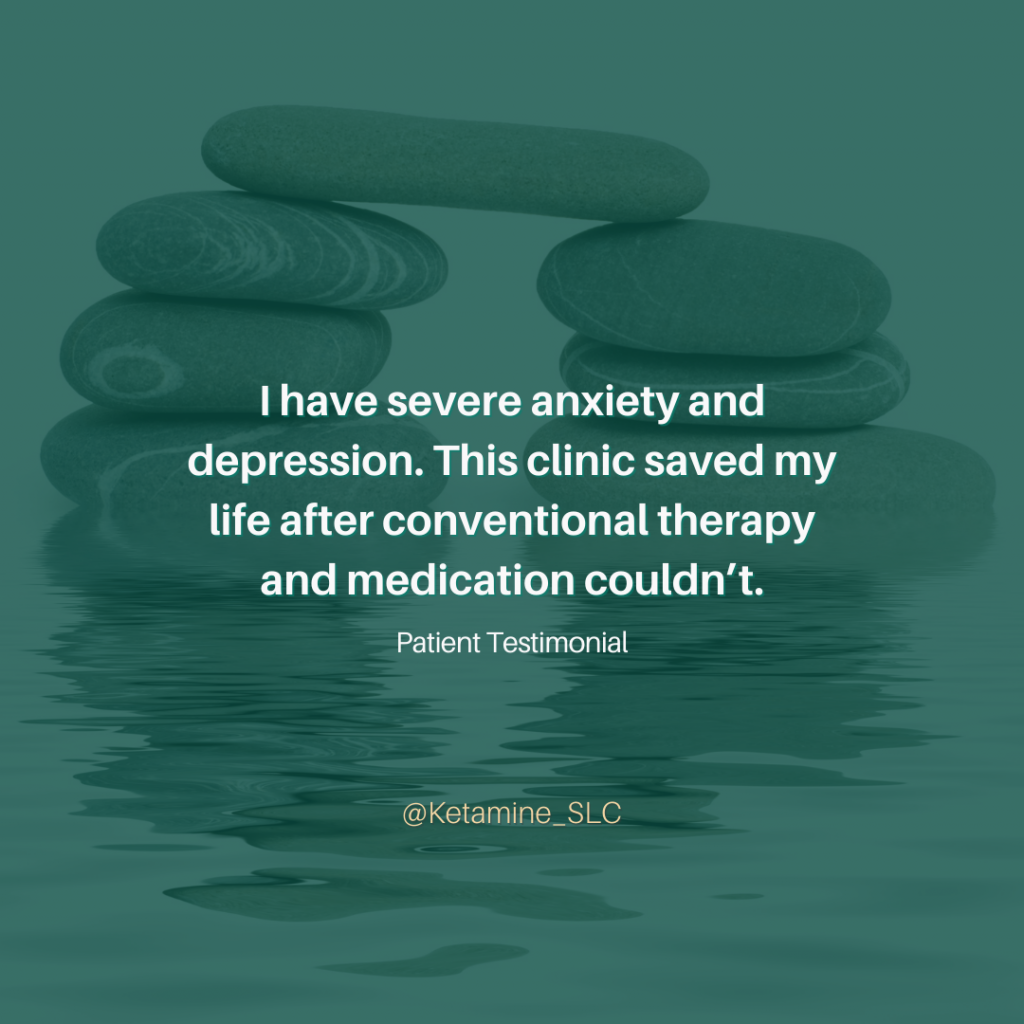Due to the meteoric rise in popularity of shows related to this type of OCD, hoarding has become one of the most widely recognized types of obsessive compulsive disorder.
These types of OCD are characterized by:
- An inability to discard old, unusable items
- A compulsion to collect a large number of useless items
- Difficulty organizing these objects
These individuals will generally have homes that are littered with innumerable old and useless items, so much so that the hoarders themselves will typically only be able to use a very small part of their own home.
Old newspapers, used plastic bags, decaying food, and even human waste are just a few examples of material that a hoarder may be incapable of throwing away.
This tends to be one of the most dangerous types of OCD for a few reasons. First, an unhygienic environment can lead to contracting a number of different diseases, some of which can end up being fatal.
Beyond hygienic reasons though, the home of a hoarder may be difficult to navigate. As such, if the homes of sufferers of this type of OCD end up experiencing a fire, the individual may be unable to get out safely as a result of all the piled up materials.
The 3 Types of Hoarding
Hoarding can be broken down into three different categories:
- Sentimental Hoarding – This type of hoarder attaches a lot of emotional significance to each object, making it very difficult to ever get rid of it. In fact, they may begin to believe that discarding such an object may actually make it impossible to hold on to the memory associated with it.
- Deprivation Hoarding – This type of hoarding is characterized by being unable to throw away an item because they may need it in the future, no matter how unlikely such a situation really is. Only wearing one pair of shoes but owning fifteen others just in case, for instance, is one example of deprivation hoarding.
- Preventing Harm to Others Hoarding – Holding onto certain items like broken glass or even human waste because it might harm others is part of this type of hoarding. Even though such fears are irrational, these types of hoarders are trying to protect other people at the expense of themselves.

